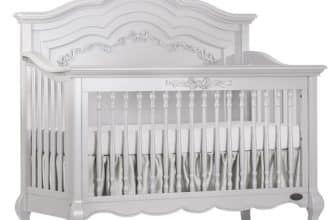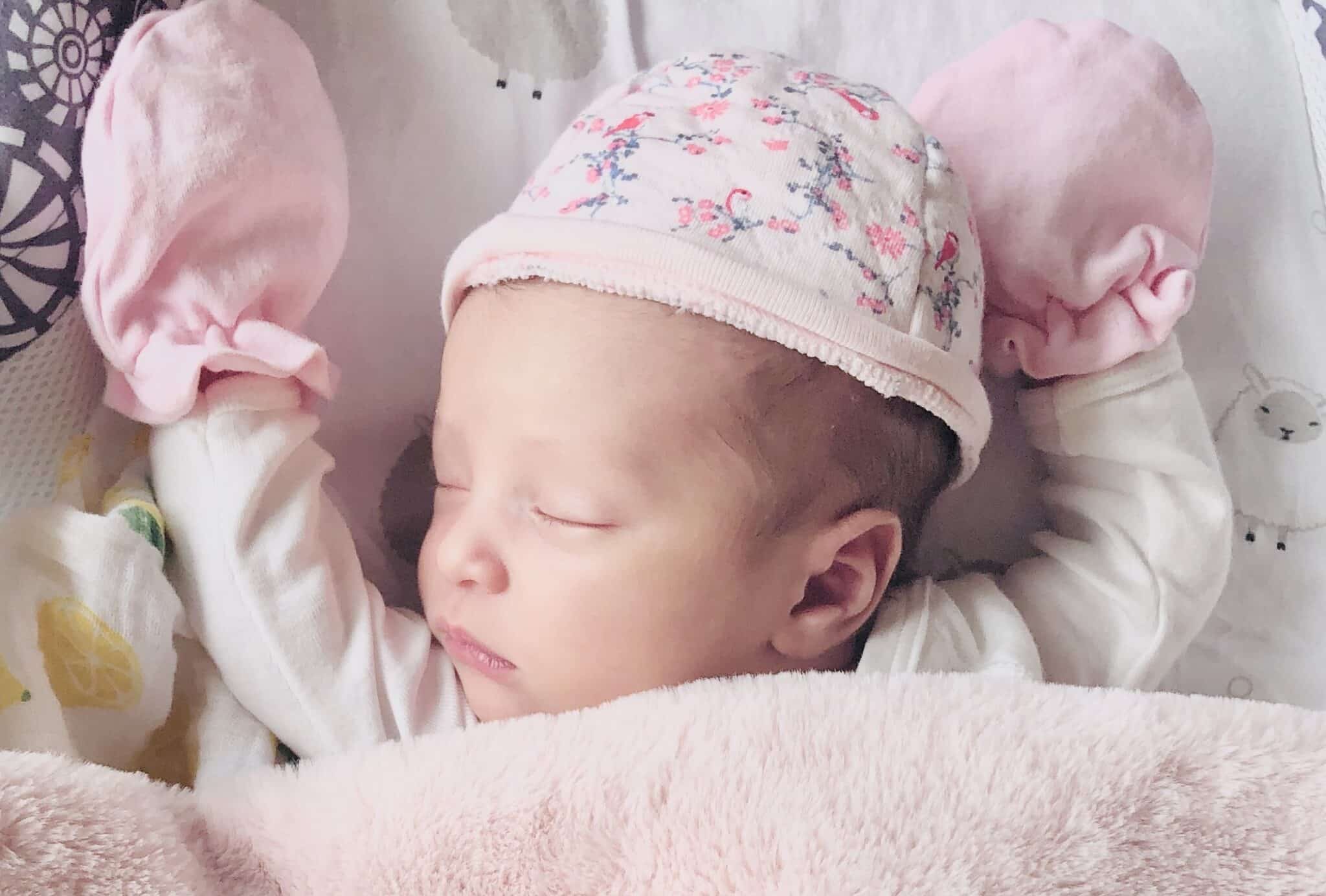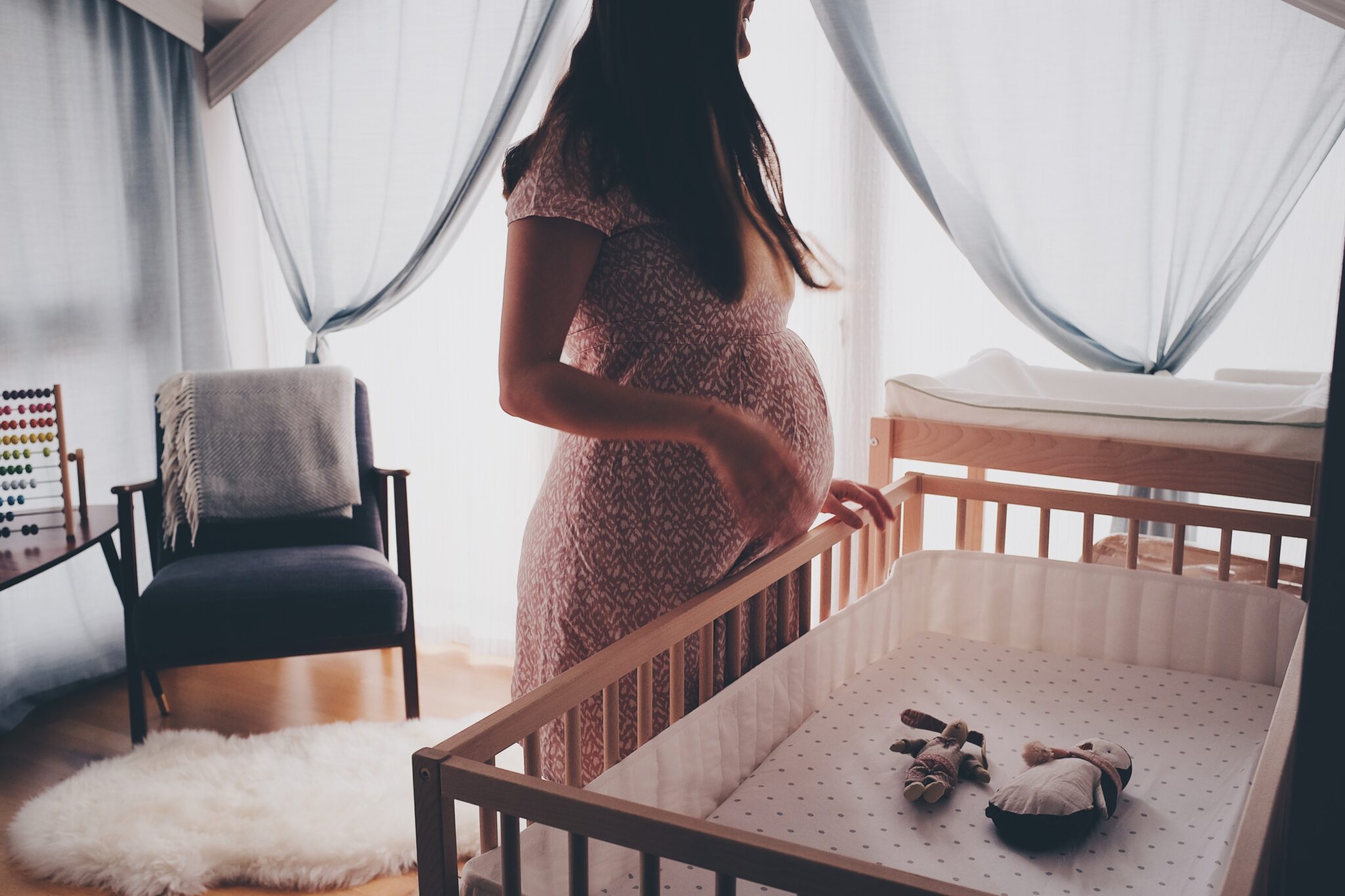
The Ultimate Buyer’s Guide: How to Choose a Baby Crib
What Factors are Important When Choosing a Baby Crib?
When choosing a baby crib, there are several factors that are important to consider to ensure the safety and comfort of your baby. Here are some of the key factors to keep in mind:
Safety:
The safety of the crib should be the top priority. Look for a crib that meets safety standards and regulations (we recommend Greenguard Gold certification since it is the most comprehensive), has no sharp edges or corners, and has slats that are no more than 2 3/8 inches apart to prevent your baby’s head from getting trapped.
Size and space:
Make sure the crib fits comfortably in the space where you plan to put it. It should also be large enough to accommodate your baby as they grow.
Adjustable features:
Consider a crib that can be adjusted to different heights so that you can easily reach your baby and lower the mattress as your baby grows.
Convertibility:
Some cribs can convert into a toddler bed or even a full-sized bed as your baby grows. This can be a good investment as it can save you money in the long run.
Mattress:
Look for a crib mattress that is firm, fits the crib snugly, and is made of non-toxic materials.
Style:
Choose a crib that fits your style and décor preferences. Cribs come in a range of styles and finishes, so there’s something for everyone.
Price:
Consider your budget when choosing a crib. While it’s important to invest in a quality crib that meets safety standards, there are options at a range of price points.
By considering these factors, you can choose a safe, comfortable, and functional crib that meets your needs and those of your baby. Here are 10 of the best cribs on the market to consider.
What Are The Different Types of Baby Cribs Available?
There are several different types of baby cribs available, each with its own unique features and benefits. Here are some of the most common types of baby cribs:
Standard crib:
This is the most common type of baby crib and typically has a rectangular shape with four sides, a slatted base, and an adjustable mattress height.
Convertible crib:
A convertible crib can be transformed into a toddler bed, daybed, or even a full-sized bed as your child grows. This can be a cost-effective option in the long run.
Portable crib:
A portable crib is a lightweight and compact crib that can be easily moved from room to room or even taken on trips. Some models can fold up for easy storage.
Round crib:
A round crib is a unique and stylish option that can add a decorative touch to a nursery. They typically have a circular shape with no corners or edges.
Canopy crib:
A canopy crib is a crib that has a fabric canopy or curtains that hang over the crib for a decorative touch.
Travel crib:
A travel crib is a lightweight and portable crib that is designed specifically for travel. They typically fold up compactly for easy storage and transportation.
Mini crib:
A mini crib is a smaller version of a standard crib that is designed for smaller spaces or for parents who prefer a more compact crib.
When selecting a crib, consider your needs and preferences, as well as the safety features, functionality, and durability of the crib.
Which Are The Safest Baby Cribs?
The highest standard of certification for baby cribs in the United States is the Greenguard Gold Certification. This certification is awarded by UL Environment, an independent safety science company, and it ensures that the crib has been tested for and meets strict chemical emissions limits to promote indoor air quality and improve overall health.
Greenguard Gold Certification requires products to meet rigorous criteria for low chemical emissions, which can help reduce exposure to potentially harmful chemicals and improve indoor air quality. This certification is especially important for baby cribs, as infants are particularly vulnerable to the harmful effects of indoor air pollution.
When selecting a baby crib, it’s important to look for cribs that have been certified by recognized safety organizations such as the Juvenile Products Manufacturers Association (JPMA) or the Consumer Product Safety Commission (CPSC) to ensure that they meet safety standards and regulations. However, Greenguard Gold Certification goes beyond safety and also addresses environmental and health concerns.
What Are The Safest Materials for Baby Cribs?
The safest materials for baby cribs are those that are non-toxic, sturdy, and able to withstand wear and tear. Some of the most commonly used safe materials for baby cribs include:
Solid wood:
Cribs made from solid wood are durable, long-lasting, and typically have low levels of toxic chemicals. Look for cribs made from sustainably sourced woods like oak, maple, or ash.
Metal:
Cribs made from metal are sturdy, strong, and can last a long time. They are also easy to clean and can be quite affordable.
Natural fibers:
Cribs made from natural fibers like cotton or wool are breathable and hypoallergenic, which can help reduce the risk of Sudden Infant Death Syndrome (SIDS).
Non-toxic finishes:
Make sure that any paint, varnish, or other finishes used on the crib are non-toxic and free from harmful chemicals like lead or phthalates.
When selecting a crib, make sure to look for safety certifications such as Greenguard Gold Certification. They have the most stringent standards. Other certifications that are ensure safety are the JPMA (Juvenile Products Manufacturers Association) certification, ASTM (American Society for Testing and Materials) International certification, or CPSC (Consumer Product Safety Commission) certification.
What Is The Standard Size of a Baby Crib Mattress?
The standard size of a baby crib mattress is 28 inches by 52 inches, with a thickness of no more than 6 inches. This size is set by the Consumer Product Safety Commission (CPSC) in the United States to ensure that the mattress fits snugly inside the crib and does not create any gaps that could pose a risk to the baby.
It’s important to note that while most baby cribs and mattresses are designed to meet these standard sizes, there can be some variations among different brands and models. Always measure your crib and mattress before making a purchase to ensure a proper fit.
Also, when selecting a crib mattress, make sure to choose a firm, flat surface that is specifically designed for use in a baby crib. Soft surfaces like adult mattresses or cushions can increase the risk of Sudden Infant Death Syndrome (SIDS) and suffocation. A properly fitting and firm crib mattress can help reduce the risk of SIDS and provide a safe and comfortable sleeping environment for your baby.
How Long Can My Baby Use A Crib?
Babies can use a crib from the day they are born until they are around 2-3 years old, or until they begin climbing out of the crib. Most parents transition their child to a toddler bed once they reach this age or stage.
However, the exact timing of the transition from a crib to a toddler bed can vary depending on the child’s size, development, and sleep habits. Some children may be ready to transition earlier, while others may be comfortable in a crib for a longer period of time.
It’s important to make the transition to a toddler bed when your child is ready, as moving them too soon can cause stress and disrupt their sleep routine. Look for signs that your child is ready to transition, such as climbing out of the crib, showing interest in a toddler bed, or expressing a desire for more independence.
When making the transition to a toddler bed, it’s important to ensure that the bed is safe and age-appropriate, with guardrails to prevent falls and a mattress that fits snugly. By making the transition at the right time and with the right equipment, you can help ensure a smooth and safe transition for your child.
What Are The Safest Baby Cribs On The Market?
The GREENGUARD certification ensures that the crib meets strict chemical emissions limits to promote indoor air quality and improve overall health. Here are some of the best GREENGUARD certified cribs:
Evolur Aurora 5-in-1 Convertible Crib
The Evolur Aurora 5-in-1 Convertible Crib helps you create a magical space that looks as if taken straight from the pages of a fairytale book.
Babyletto Hudson 3-in-1 Convertible Crib:
This crib is made from sustainable New Zealand pine wood and is GREENGUARD Gold Certified. It has rounded edges, adjustable mattress height, and can convert into a toddler bed and daybed.
DaVinci Jayden 4-in-1 Convertible Crib:
The Jayden by DaVinci Colby is a Greenguard gold certified, low profile crib that has four adjustable mattress positions, allowing you to adjust the height as your baby grows.
Dream On Me Kaylin 5-in-1 Convertible Crib
Evolur Belmar Flat 5-in-1 Convertible Crib
When selecting a GREENGUARD certified crib, make sure to also consider other factors such as safety, durability, and functionality. Choose a crib that meets all of your needs and preferences, as well as those of your baby.
How Much Do Baby Cribs Typically Cost?
The cost of a baby crib can vary widely depending on the brand, quality, style, and features. Here are some general price ranges for baby cribs:
Basic cribs:
Basic cribs typically cost between $100 and $300. These cribs are usually made from simple materials like wood or metal and may not have many additional features.
Convertible cribs:
Convertible cribs that can convert into toddler beds, daybeds, or full-size beds usually cost between $200 and $600. These cribs often have adjustable mattress heights and may have additional features like storage drawers.
Designer cribs:
Designer cribs can cost upwards of $1,000 and are often made from high-quality materials like solid wood or handcrafted details. These cribs may also have additional features like adjustable mattress heights and convertible options.
Questions to Ask When Buying A Crib
Is the crib sturdy and stable?
Does the crib meet safety standards and regulations through certifications like Greenguard Gold?
What materials is the crib made of?
Is the crib adjustable and convertible?
What are the mattress options and are they included with the crib?
What is the style and design of the crib?
How easy is it to assemble and disassemble the crib?
Is the cost reasonable?
What is the warranty and return policy for the crib?
